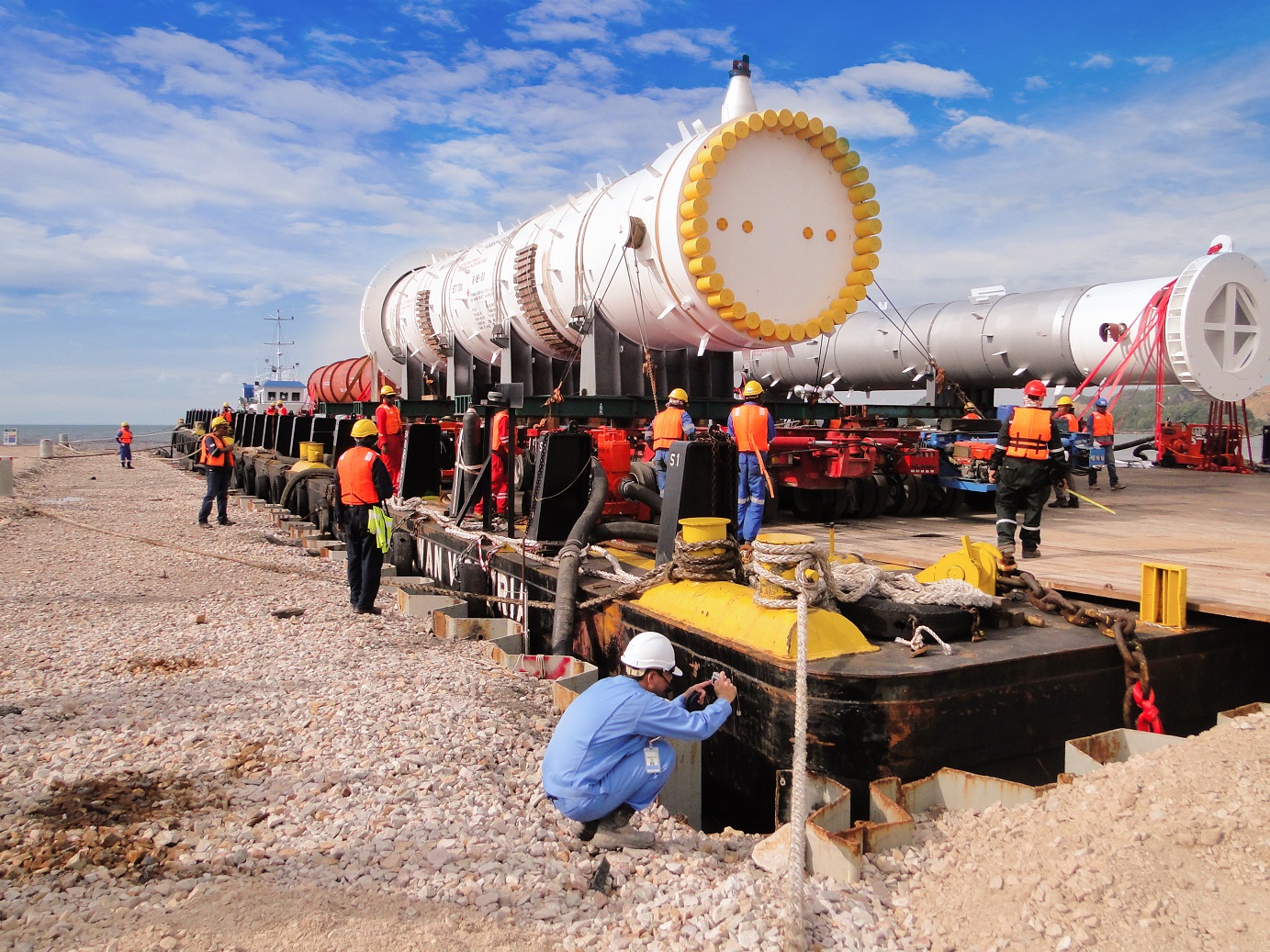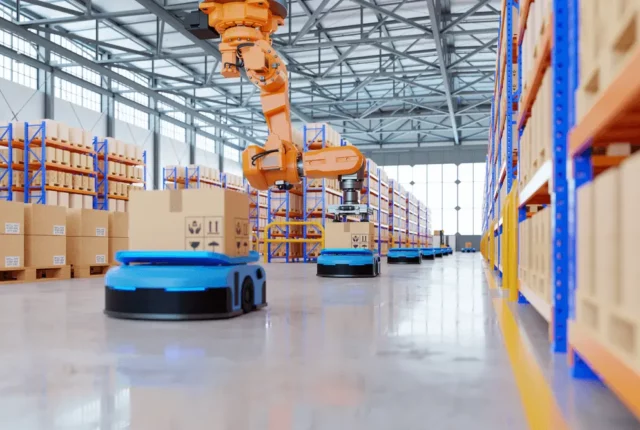
The Only Guide You Need for Building an Effective Project Logistics Strategy
Here is a step-by-step guide for creating a project logistics strategy for a business:
- Define project goals and objectives: The first step in creating a logistics strategy is to define the goals and objectives of the project. This will provide a clear understanding of what the project is trying to achieve and what success looks like.
- Identify the project stakeholders: Next, identify all stakeholders who will be impacted by the project, including customers, suppliers, partners, employees, and other relevant parties.
- Assess project resources: Evaluate the resources required to complete the project, including manpower, materials, equipment, and other inputs.
- Analyze supply chain and logistics processes: Analyze the current supply chain and logistics processes to identify areas for improvement. This includes identifying inefficiencies and bottlenecks that may impact project delivery.
- Define project delivery timeline: Develop a detailed project timeline that outlines each task’s start and end dates, and the interdependencies between tasks.
- Develop a logistics plan: Based on the analysis and timeline, develop a logistics plan that outlines the resources, processes, and techniques needed to deliver the project.
- Evaluate transportation and distribution options: Consider the options for transportation and distribution of goods, including delivery methods, transit times, and costs.
- Develop a risk management plan: Identify potential risks and develop a risk management plan to mitigate their impact.
- Evaluate logistics technology: Consider the use of technology to support the logistics strategy, including transportation management systems, warehouse management systems, and other relevant software.
- Implement logistics strategy: Once the logistics strategy has been developed, implement it using a phased approach, starting with a pilot program.
- Monitor and adjust logistics strategy: Regularly monitor the logistics strategy to ensure it is delivering the desired results and make adjustments as needed.
By following these steps, a business can create a project logistics strategy that aligns with project goals and objectives, maximizes the efficiency of supply chain and logistics processes, and minimizes project risks.






